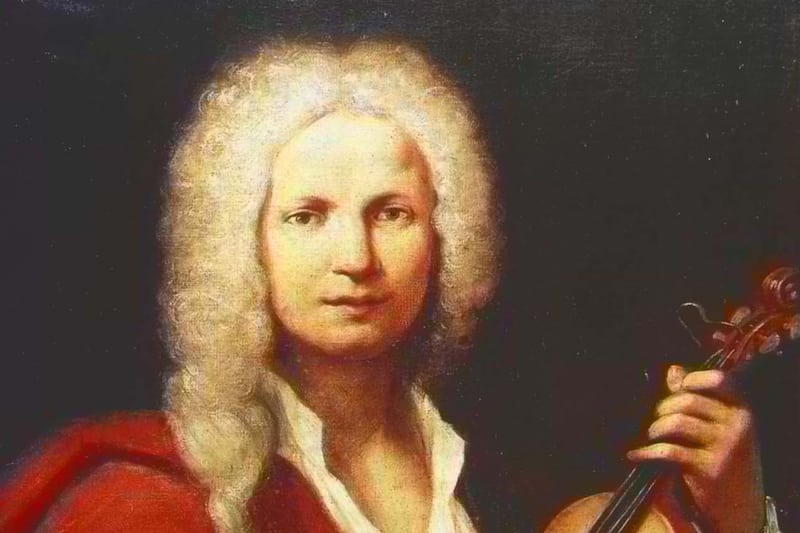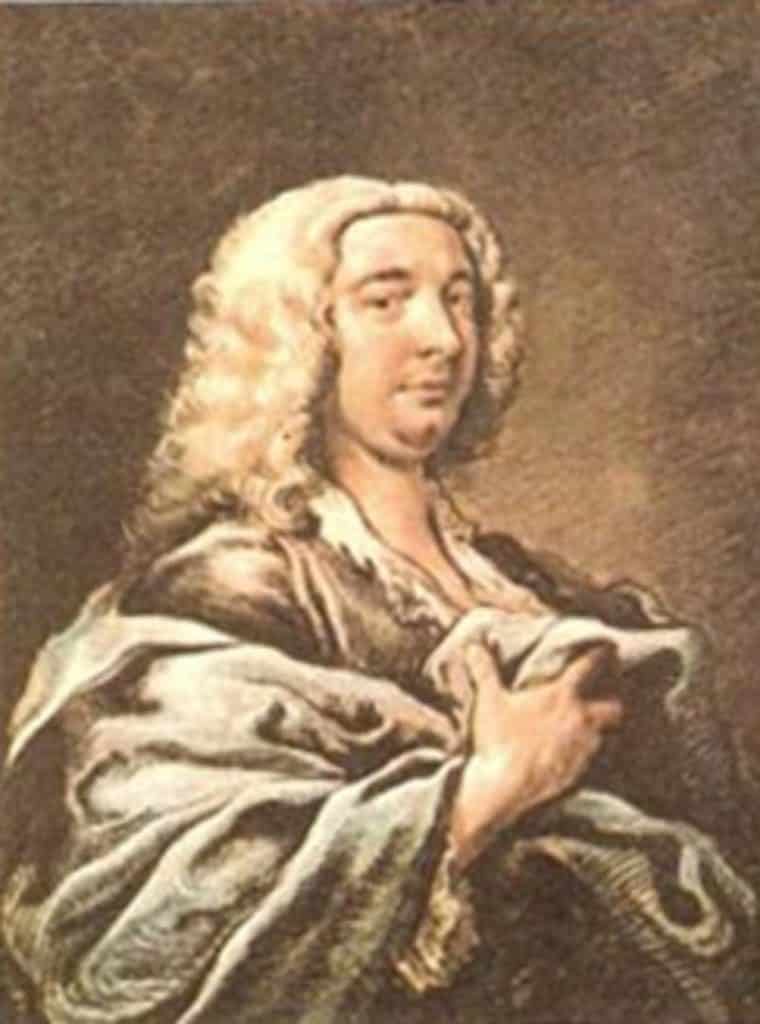Antonio Lucio Vivaldi was a renowned Italian composer known for his baroque and virtuoso compositions. He was an impresario, a teacher, and a violinist; and at one time, he even served as a Roman Catholic priest!
Vivaldi influenced music across Europe, inspiring bands like the French concerto and composers like Johann Sebastian Bach. He was adept at playing various instruments, including the violin and string orchestra.
But there’s much more to Vivaldi than you might think. Here are 11 interesting facts about Antonio Vivaldi that you might not know. Let’s get started!
1. Vivaldi Had a Secret Love Life

At some point in his career, Antonio Vivaldi took a position as a Maestro di Cappella for Prince Philip of Hesse-Darmstadt. This contract lasted for about three years, during which he produced several operas.
While there, he met and taught Anna Tessieri Girò, who became a great violin player and his protégé. She even accompanied him on his performance trips.
The two got very close, to the point that speculation was rife that they had a romantic relationship. However, Vivaldi denied any of the rumors, and in 1737, he even wrote a letter to one of his patrons, Bentivoglio, to emphasize his denial.
2. He Was Coached By His Father

The young Antonio used to play the violin with his father, Giovanni Battista Vivaldi. Giovanni was a professional violinist who also doubled up as a barber.
During his father’s career, Antonio would accompany him on his performances and concert trips. This exposed him to the violin industry and allowed him to interact with the finest composers and musicians in Venice at the time.
This helped him master his wind instruments; however, his chronic shortness of breath sometimes made it hard for him to play them perfectly.
3. He Went to the Monastery to Become a Priest
At the age of 15, Vivaldi went to the monastery to become a priest. During his time, he also took music lessons.
He completed his studies and was ordained as a Roman Catholic priest in 1703. While he was a priest, the locals called him the Red Priest or “il Prete Rosso.”
Unfortunately, his time as a clergyman was short-lived due to respiratory problems. He was forced to abandon the call at some point, as he could not deliver the mass.
4. He Was Probably Asthmatic
As shown in the two facts above, Vivaldi suffered from a condition called strettezza di petto (tightness of the chest). Historians think could have been asthma. This likely influenced his choice of the violin over wind instruments.
Though his health issues also restricted him from leading many masses, he remained an active member of the priesthood and contributed significantly with his liturgical compositions.
5. He Made Most of His Music in an Orphanage

When Vivaldi left the priesthood, he went to an orphanage in Venice called Ospedale Della Pietà.
Here, he started his career at the age of 25 and lived there for three decades. He mastered playing the violin and composed most of his famous works during his stay.
Vivaldi also helped kids in the orphanage, which led to praise and thanks from people in the area and around the world.
6. He Was Kicked Out of the Orphanage Once
Despite his amazing work with the children, Vivaldi’s relationship with the directors at the Ospedale Della Pietà orphanage was always strained.
The board met every year to decide whether to keep him or throw him out. In many cases, they only kept him for the good work with the children.
At one point, they decided to throw him out. However, after a year, they realized the importance of having him in the orphanage and reinstated him, putting him in charge of all musical activities.
7. Vivaldi Did Several Other Jobs Besides Teaching
After Vivaldi’s stint as a priest, he became known as a teacher for his work in the orphanage. He held this title for three decades. However, he had other duties besides teaching the young children.
Vivaldi took short-term composition contracts around Venice, Rome, and Mantua. He also composed his own music.
“The Four Seasons,” which he wrote between 1717 and 1721 in Mantua, was one of his most popular short-term works. This composition was also paired with four sonnets, believed to have been written by Vivaldi himself.
8. He Faced Financial Difficulties
Despite his talent and fame, Vivaldi faced tough financial times, much like other composers and musicians of his era. This meant he lived a more difficult life than you might expect for a leading composer and violinist.
In his later years, his music wasn’t as popular as it once was. This was due to his changing music tastes and the fact that music was evolving fast.
His deteriorating financial situation forced him to sell some of his compositions at lower prices just to get by.
9. He Created Music for the European Nobility
Vivaldi was often hired to create music for European royalty and nobility. One of his most popular pieces was the cantata Gloria e Imeneo, composed to celebrate King Louis XV’s marriage in 1725.
He also wrote music to mark the births of several French royal princesses. At one point, Emperor Charles VI even knighted him in Vienna for his compositions. Other nobles frequently bought his works too.
10. He Died Poor
Sadly, Antonio Vivaldi died poor despite his fame and many compositions over several decades. He passed away from an internal infection on July 28, 1741, at the age of 63.
You might expect music at his funeral since he was a musician, but there was none—only the bells of St. Stephen’s Cathedral rang.
Vivaldi was buried in a simple public grave next to the hospital where he was treated. Years later, a plaque was placed on the site where he once lived, but it was eventually destroyed.
11. You Can Learn about Vivaldi’s Life and Career in a Documentary
The life and times of Antonio Vivaldi were documented in a 2005 movie called Vivaldi, A Prince of Venice. The movie has been played on big screens and is available on some movie streaming services.
There was also a radio play featuring the same character on ABC Radio. Two years later, a play was adapted and titled The Angel and the Red Priest.
These three documentaries touched on the main aspects and times of Vivaldi’s life. They also give a clear picture of life in the Middle Ages.
Summing Up Our List of Fascinating Facts About Antonio Vivaldi
Antonio Vivaldi’s genius violin skills and compositions continued to influence the music world centuries after he passed away.
Many of his styles have been adopted by numerous musicians even to this day.
His legacy lives on through his many works and the countless musicians and fans who are inspired by his contributions to classical music.
